These famously colorful lizards are a diverse group of color-changing creatures. They use their ability to change their skin pigmentation as a form of camouflage and communication. These reptiles have a number of identifying traits. Read on to learn about the chameleon.
Description of the Chameleon
The 202 different species of chameleon come in a number of shapes, sizes, and colors. They have crests or horns on the backs of their skulls, long, sticky tongues, and uniquely-shaped feet. Many chameleon species also have a prehensile tail, which can be wrapped around branches to aid them in climbing. The scales of many species can change color to green, gray, yellow, red, purple, blue, and more.
Interesting Facts About the Chameleon
While color changing may be one of the most notable characteristics, chameleons are incredibly unique as a group. They are highly specialized creatures with some amazing adaptations. Learn how these traits help them survive below.
- Stereoscopic Eyes – Chameleons have incredibly complex and developed eyes, which can be moved independently from one another to view multiple objects at once. Their unique eyes give them incredibly precise depth perception, making hunting insects a breeze.
- Projectile Prey Smacker – Depth perception is important for chameleons, because they have the unique feeding method of ballistic projection. Chameleons can shoot their long, sticky tongues up to two times their body length. They use this impressive ability to sneak up on and capture insect prey. They can strike prey with their tongues in as little as 0.07 seconds.
- Built for Climbing – Unlike other lizards, chameleons are uniquely adapted to arboreal, or tree, living. Their feet have zygodactyl toes, which are tong-like to better grip branches. This toe arrangement is quite similar to parrots, which are equally adapted to living in trees. Unlike parrots, most chameleon species have prehensile tails. These tails can be moved at will, and used to stabilize the chameleon or hold on to branches.
- Friends of all Shapes and Sizes – Chameleons come in a variety of different sizes. The smallest species of chameleon (Brooksia micra) is a measly 0.6 in. long! On the opposite end of the scale, the largest species (Furcifer oustaleti) can be up to 30 in. long!
Habitat of the Chameleon
The many different species of chameleon have adapted to a large variety of ecosystems. Chameleons can be found in tropical rainforests, mountain rainforests, savannas, and even deserts. The vast majority of chameleon species live in trees, but a few species live on the ground.
Distribution of the Chameleon
Chameleons of different species come from a number of different locations. Many different species can be found in Madagascar and Africa. Some species also live in Europe, Sri Lanka, India, the Middle East, and islands in the Indian Ocean.
Diet of the Chameleon
Most chameleon species are insectivores, but the larger species will also prey on larger animals. Depending on the size of the animal, they will eat crickets, ants, snails, waxworms, butterflies, caterpillars, smaller lizards, wasps, praying mantises, and flies. They use their tongues as projectile missiles, which they shoot at insects from a distance.
Chameleon and Human Interaction
Habitat destruction is the main threat to most chameleon species. As an animal that lives in trees, deforestation is devastating to chameleon populations. Chameleons are also commonly kept as pets, and are occasionally taken from the wild. They can be bred in captivity, so this threat is much less imminent than deforestation. Pet chameleons have also been introduced as invasive species in Florida, Hawaii, and California.
Domestication
Chameleons have been semi-domesticated. While they have been bred in captivity, these lizards have not been domestically bred for a long period of time. They are selected mainly for color and temperament.
Does the Chameleon Make a Good Pet
Chameleons can make great pets, and can even be handled. As with any reptile, it is important to research how to properly care for them. Different species will have different care requirements to thrive in captivity. If handled safely and properly, and socialized well, chameleons can be very docile pets.
Chameleon Care
Chameleons must have a ventilated terrarium with plenty of space for growth, and vegetation to hide in. Your pet will need a heat source, as they are cold blooded and cannot regulate their own temperature. The required temperature will vary based on the species, and should be measured with a thermometer.
You will also need to monitor the humidity, and to regulate the humidity in the terrarium with a mister or automatic fogger. These creatures can eat crickets, and should receive calcium supplements weekly. Some species will need additional supplemental treats. Any handling should be supervised by an adult.
Behavior of the Chameleon
Chameleons communicate with one another using their skin pigmentation. Animals that are angry or fearful will commonly display a red or orange coloration; when they are submissive, they will change color to brown or gray. Females will also use color to display when they are ready to mate, choosing the most vibrant and dominant male to reproduce with.
Reproduction of the Chameleon
Most chameleon species lay eggs. Gestation will vary by species, but some time after mating, the female will climb to the ground and dig a hole to lay her eggs in. After laying the eggs, the female buries them and lets the ground do the incubation work. Baby chameleons will begin hunting shortly after they hatch. They are fully self sufficient, and do not need to be taught to capture prey.

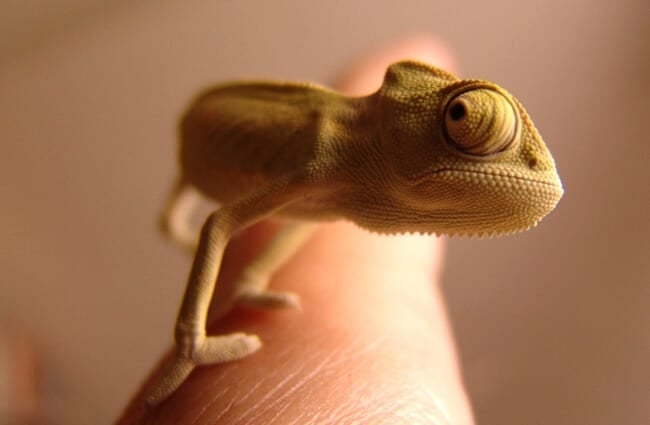
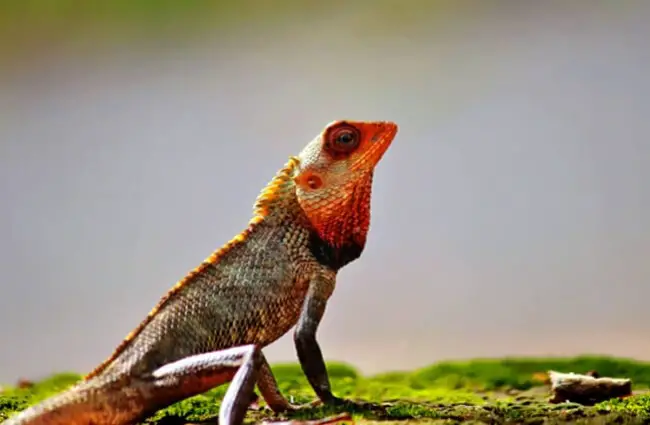

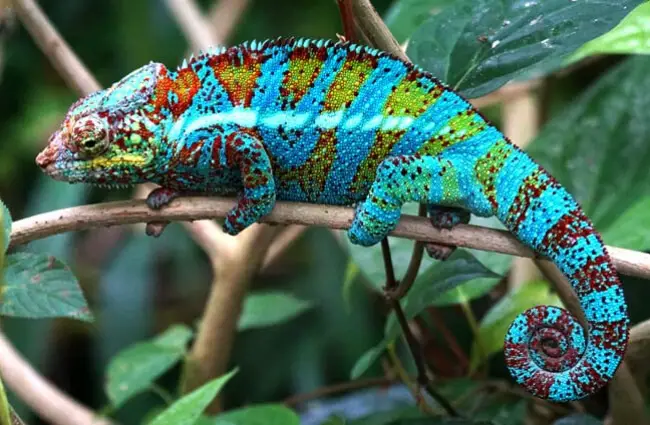
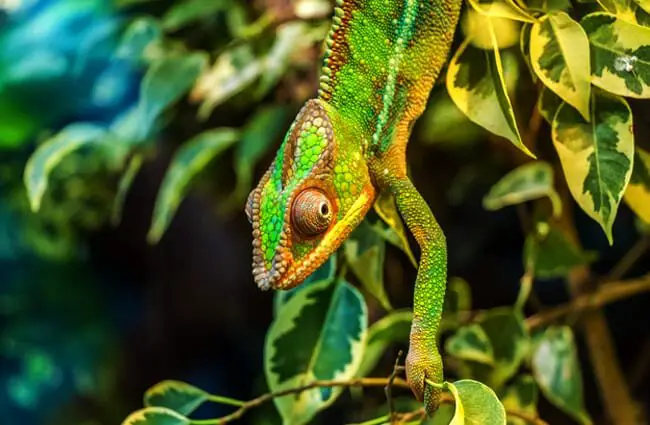
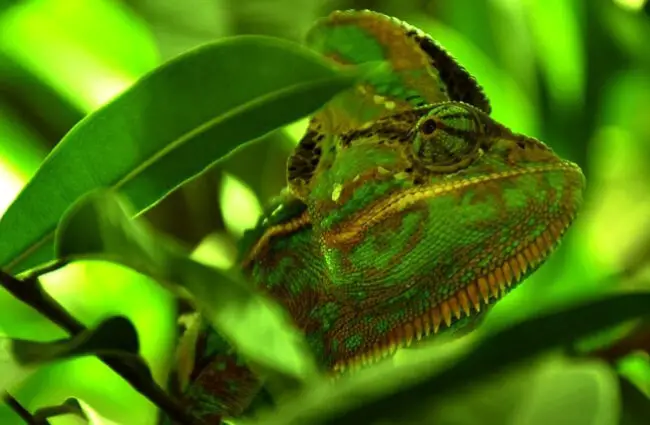
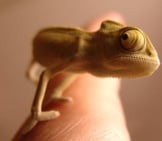
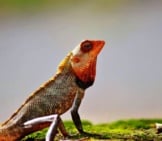
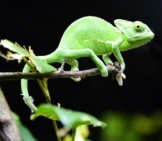
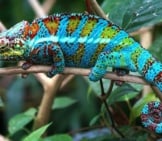

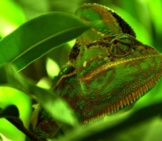
![Red Angus Closeup of a beautiful Red Angus cowPhoto by: U.S. Department of Agriculture [pubic domain]https://creativecommons.org/licenses/by/2.0/](https://animals.net/wp-content/uploads/2020/03/Red-Angus-4-238x178.jpg)












![Red Angus Closeup of a beautiful Red Angus cowPhoto by: U.S. Department of Agriculture [pubic domain]https://creativecommons.org/licenses/by/2.0/](https://animals.net/wp-content/uploads/2020/03/Red-Angus-4-100x75.jpg)

